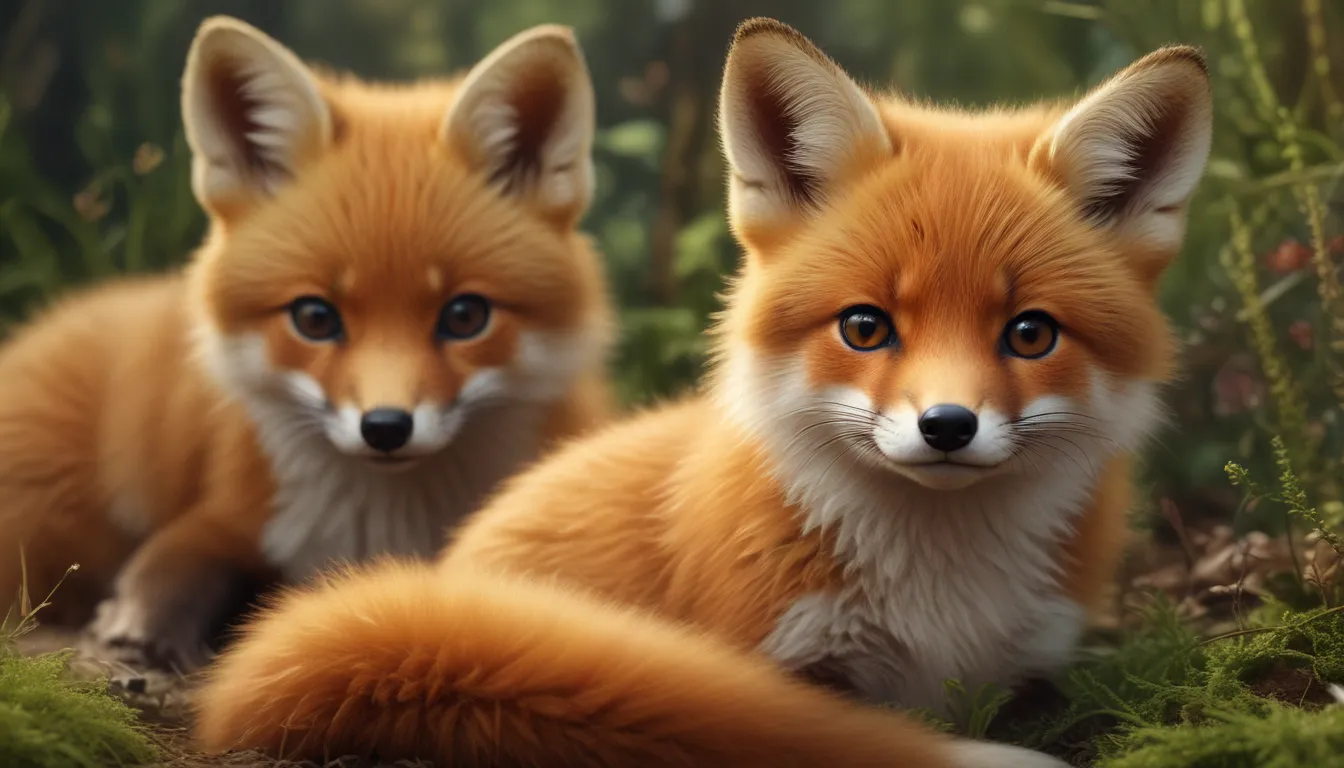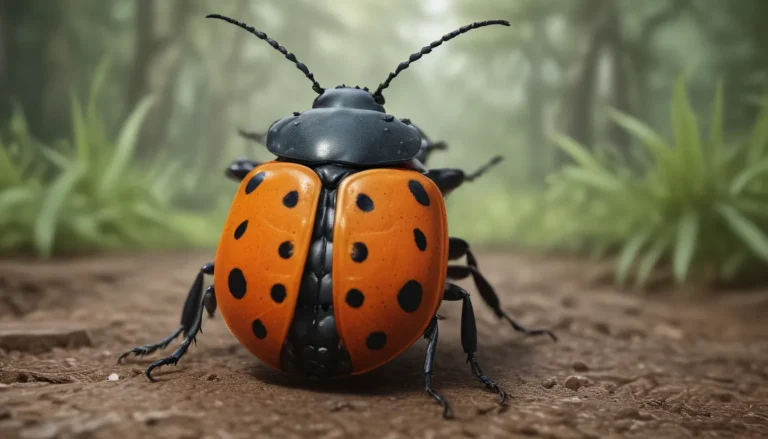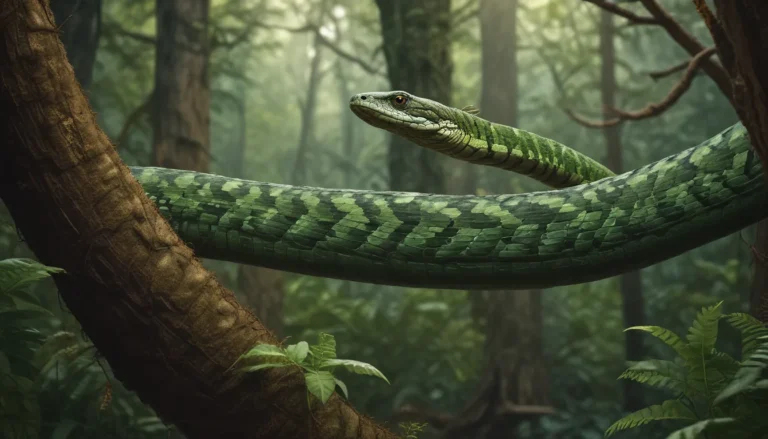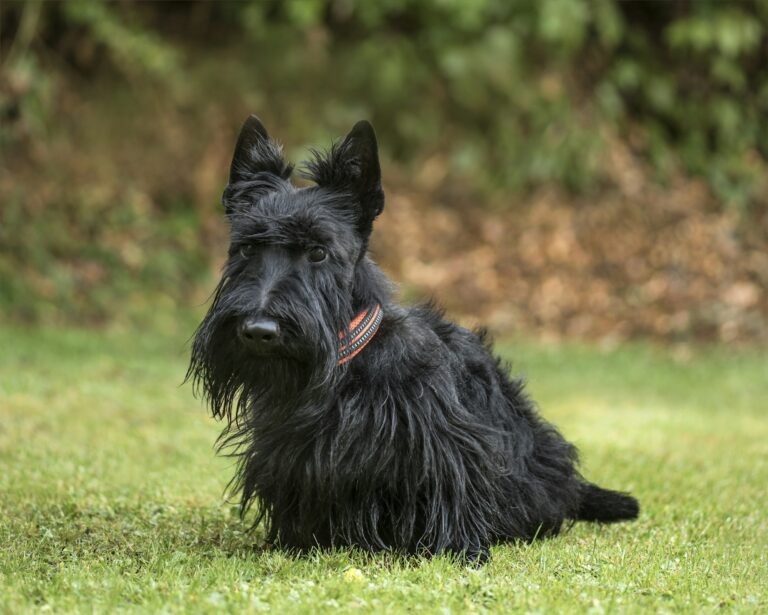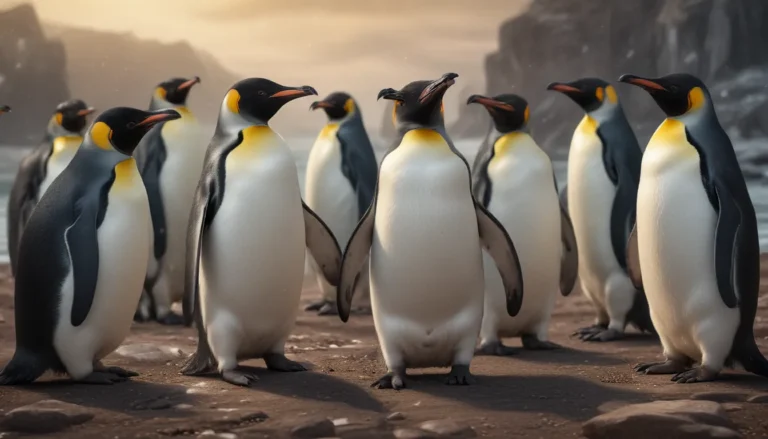The pictures we use in our articles might not show exactly what the words say. We choose these pictures to make you interested in reading more. The pictures work together with the words but don’t take their place. The words still tell you the important facts.
Have you ever been captivated by the adorable charm of baby foxes, also known as kits or cubs? These fluffy little creatures with their big ears and bright eyes have a way of stealing hearts and sparking curiosity. In this article, we will delve into the captivating world of baby foxes and uncover 19 interesting facts about these enchanting beings. From their playful nature to their remarkable adaptability, there is much to learn and appreciate about these cunning woodland creatures. So, join us on a journey to explore the fascinating realm of baby foxes and discover what makes them truly special.
Discovering the World of Baby Foxes
Baby foxes, like adult foxes, are highly adaptable animals with incredible traits that set them apart in the animal kingdom. Let's take a closer look at some key takeaways about these adorable creatures:
- Baby foxes, also known as kits or cubs, are born blind and deaf, relying on their parents for food, protection, and essential survival skills.
- These playful creatures develop their hunting skills through playful activities, such as pouncing, stalking, and chasing each other.
- Baby foxes have a diverse diet, learning to eat various foods like small mammals, birds, insects, fish, fruits, and vegetables.
- With their keen sense of smell and excellent hearing, baby foxes can locate their parents, detect prey, and navigate their surroundings effectively.
The Journey of Baby Foxes
Let's explore the fascinating journey of baby foxes as they grow and develop into independent adults:
- Born in Litters: Similar to dogs, baby foxes are born in litters, with a typical size ranging from one to 12 pups.
- Dependent on Parents: During their first few months, baby foxes rely heavily on their parents for care, food, and learning crucial survival skills.
- Development of Hunting Skills: Baby foxes start learning to hunt at around three months old, observing and mimicking their parents' hunting techniques.
- Independence: Around six to eight months of age, baby foxes become more independent, seeking their territories and living on their own.
As baby foxes navigate their journey from birth to independence, they exhibit a playful and curious nature, along with a natural hiding instinct when faced with danger. Their intelligence, cunning behavior, and diverse vocalizations further highlight their remarkable abilities as young foxes.
Celebrating Baby Foxes
In conclusion, baby foxes are truly remarkable creatures that offer a glimpse into the wonders of the animal kingdom. Their playful antics, survival instincts, and unique characteristics make them a joy to observe and learn about. By appreciating and understanding these captivating woodland creatures, we can contribute to their conservation and protection for future generations to enjoy.
Frequently Asked Questions about Baby Foxes
As you continue to explore the world of baby foxes, here are some common questions answered:
- How long do baby foxes stay with their parents? Baby foxes typically stay with their parents for about six months to a year, depending on the species.
- What do baby foxes eat? Baby foxes start by drinking their mother's milk and transition to solid foods like insects, small mammals, birds, fruits, and vegetation as they grow.
- Are baby foxes dangerous? Baby foxes are not typically dangerous to humans and will mostly avoid contact with people.
- How many babies do foxes have? Foxes usually give birth to litters of four to six babies, known as kits or cubs.
- Are baby foxes born blind? Yes, baby foxes are born blind and rely on their sense of smell and hearing to navigate their surroundings.
- Do baby foxes play? Yes, baby foxes love to play and engage in various activities to develop vital hunting and survival skills.
- How do baby foxes communicate? Baby foxes communicate through vocalizations, body language, and scent marking to interact with other foxes.
As you continue your journey of discovery into the world of baby foxes, remember to celebrate their unique traits, behaviors, and contributions to the natural environment. Their charming presence and remarkable abilities remind us of the beauty and diversity of the animal kingdom. Enjoy exploring more about these fascinating creatures and their captivating world!
